This is a supplemental question to a previous answer of mine to the question Detecting taps on attributed text in a UITextView in iOS.
I retested the following code with Xcode 7.1.1 and iOS 9.1 and it works fine with the setup described in the answer I linked to.
import UIKit
class ViewController: UIViewController, UIGestureRecognizerDelegate {
@IBOutlet weak var textView: UITextView!
override func viewDidLoad() {
super.viewDidLoad()
// Create an attributed string
let myString = NSMutableAttributedString(string: "Swift attributed text")
// Set an attribute on part of the string
let myRange = NSRange(location: 0, length: 5) // range of "Swift"
let myCustomAttribute = [ "MyCustomAttributeName": "some value"]
myString.addAttributes(myCustomAttribute, range: myRange)
textView.attributedText = myString
// Add tap gesture recognizer to Text View
let tap = UITapGestureRecognizer(target: self, action: Selector("myMethodToHandleTap:"))
tap.delegate = self
textView.addGestureRecognizer(tap)
}
func myMethodToHandleTap(sender: UITapGestureRecognizer) {
let myTextView = sender.view as! UITextView
let layoutManager = myTextView.layoutManager
// location of tap in myTextView coordinates and taking the inset into account
var location = sender.locationInView(myTextView)
location.x -= myTextView.textContainerInset.left;
location.y -= myTextView.textContainerInset.top;
// character index at tap location
let characterIndex = layoutManager.characterIndexForPoint(location, inTextContainer: myTextView.textContainer, fractionOfDistanceBetweenInsertionPoints: nil)
// if index is valid then do something.
if characterIndex < myTextView.textStorage.length {
// print the character index
print("character index: \(characterIndex)")
// print the character at the index
let myRange = NSRange(location: characterIndex, length: 1)
let substring = (myTextView.attributedText.string as NSString).substringWithRange(myRange)
print("character at index: \(substring)")
// check if the tap location has a certain attribute
let attributeName = "MyCustomAttributeName"
let attributeValue = myTextView.attributedText.attribute(attributeName, atIndex: characterIndex, effectiveRange: nil) as? String
if let value = attributeValue {
print("You tapped on \(attributeName) and the value is: \(value)")
}
}
}
}
However, if the UITextView settings are changed so that it is both editable and selectable
then this will cause the keyboard to display. After the keyboard is shown, the tap event handler no longer gets called. What can be done to detect taps on attributed text while the keyboard is showing?
Update
Although the code here is in Swift, the person who originally asked this question (in a comment to the answer I linked to above) was working with Objective-C. So I would be glad to accept an answer in either Swift or Objective-C.
